Moving Through Life: How To Keep On Moving in Lockdown with Kimberley Pena
Movement and a healthy mind and body go hand in hand, this isn’t news to us. However, there’s more emphasis on this now more than ever. Having just experienced our first winter in lockdown we’re beginning to really understand the need for movement within our lives. It’s all too easy to get caught up in periods of inactivity, watching Netflix or scrolling the web for hours, which ends up leading to feelings of negativity and lethargy. Winter is a time where most of us we want to hibernate, but as we move toward the end of lockdown -and the season- we must re-emphasise the need for movement within our daily lives to promote a healthy mind and body.
It has long been documented -and we know from personal experience- how much better we feel after we’ve taken a walk, got out in the fresh air, taken a break from being inside or just moved away from our desks. With movement comes mental clarity, increased endorphins and a general sense of well-being.
Winter is undoubtedly the most difficult time to motivate yourself to get moving, but now we’re heading towards spring, the lighter evenings, warmer temperatures and generally a more positive outlook as we head towards the ending of lockdown, this is the perfect time to prepare yourself to start moving again.
Kimberley Pena MA RDMP, is a registered Dance Movement Psychotherapist who was recently featured in The Wellbook Guide: The Resilience Issue. Moving Through Life, Kimberley’s practice explores how inextricably linked our bodies and minds are and working toward rebuilding our relationship between the two.
Kimberley works with her clients to practice the art of moving in the form of dance, but not as you know it. She urges us to rid ourselves of the preconceived idea of what “dance” is and implores us to re-associate the word with the simple art of movement. Dance movement is a form of expression, rather than something to impress, she adds that it helps some to have music to move to, however some work better without.
Listen in below where Kimberley takes us through an introduction to her work, exploring “body metaphors” and how to recognise what our body posture is telling us about how we’re feeling.
From Kimberley…
Did you know gestures and movements sharing the same neuromuscular pathways as our feelings and emotions. This means changes in the way we move through life can directly impact how we feel. For example, holding our body in a bound, tense posture can be linked to having rigid views and feelings of being trapped in our negative patterns and thoughts. Allowing our body to explore more fluid ways of moving always allows space for perspectives to open up and shift.
There is a fundamental difference between having a body (passive) and moving a body (active). Moving our body brings with it a sense of agency and empowerment, so that a person may feel in a more grounded position to manage the stress of modern life.
Moving our body engages our muscles which allows a greater sense of power and control in situations we feel powerless to.
Unfortunately, with the prioritising of tech, we are becoming more disconnected to our living, breathing self and those around us, often ‘sucked into screens’ this is having a detrimental impact on our mental health especially this past year with screen time increasing.
As a society, our prioritising of verbal language has meant that we have become very good at masking our authentic emotions. How many times has the question ‘how are you?’ been replied with ‘fine thank you’. Often our true feelings become suppressed in the body. That recurring ache in our shoulders, bloat in our tummy or migraine. Acknowledging our body as a means of managing our mental health is a vital step towards understanding our difficulties and ways of managing – connecting to what our body language is communicating to us.
Find time to move and express yourself, to music or without. Remind yourself there is no right or wrong way to move. Move/Dance to express not impress.
Remember Dance is movement and movement is life so dance on.
The Dance Movement Psychotherapy space, whether in an individual or group session, is a space to reconnect to your needs and drives and where you can get in touch with feelings held in your body before they take hold of you.
We’ve joined forces with Cheltenham Wellbeing Festival to feature many local wellbeing practitioners to help us focus on our mental and physical wellness throughout lockdown.
We can’t wait to welcome you back to the salon in April, but for now, stay tuned with what’s happening in the Blushes World and check out our newsletter for regular salon updates.


